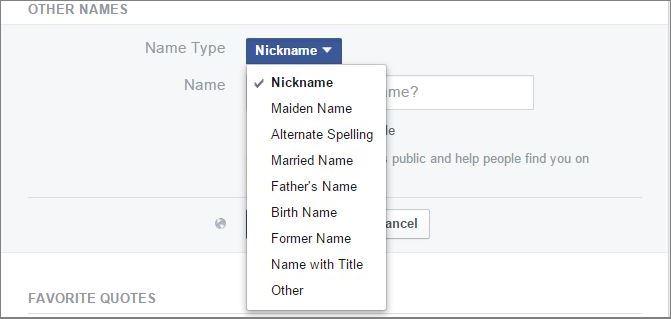


Like most grammar rules, this one describes a phenomenon that arose naturally rather than a decision that someone made at some point about how the language would work.įor this reason, the rule actually has to do with whether or not the word that follows the indefinite article begins with a vowel sound or a consonant sound. However, it isn’t always quite that straightforward.

“an”: use “an” before a vowel (a, e, i, o, u, and sometimes y), and use “a” before a consonant (the rest of the letters). You probably know the most basic rule for using the articles “a” vs. While this may seem confusing, there is a very concrete reason for these seeming exceptions. We can often hear whether “a” or “an” should come before a word, but the correct choice may not always seem to follow the rules. For instance, while “an option” is correct, it also sounds correct to say “a one” rather than “an one,” even though they begin with the same letter. In some rare cases, words that begin with vowels are preceded by “a” (when they make consonant sounds), but this is not one of them. Thus, it follows the standard rule of “a” before a consonant and “an” before a vowel. In this case, the vowel makes a vowel sound. For example, if you’ve looked up this article, you’re probably trying to figure out, “Is it ‘a option’ or ‘an option’?” Fortunately, the answer is pretty straightforward.Īn option is correct because the word “option” begins with a vowel sound. You may have learned the rules about using the indefinite article adjectives “a” and “an,” but when it comes to putting these rules into practice, you may end up second-guessing yourself.


 0 kommentar(er)
0 kommentar(er)
